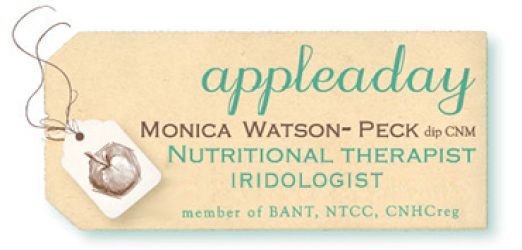Last week’s cover story in the New Scientist, “Bitter Truth”, explained how the food industry is taking the bitterness out of our greens to satisfy the general public’s love of sweetness. Surely not!
The catch is: the same chemicals making fruit and veg bitter are also the ones giving them most of their health benefits.
Many of the healthy traits of green tea, dark chocolate, rocket, endive, broccoli, red wine a.o. are due to these very phytonutrients.
Food manufacturers are now removing many of these substances which, according to the article, is turning a lot of these ‘bitters’ into empty calories. They are breeding out the bitter compounds to satisfy public’s sweet tastes, and by doing so they are also stripping our food of essential vitamins and minerals.
We all love sweet; we are programmed to love sweetness! It promises a ready supply of energy, the same way salty food, with its sodium, is necessary for our bodies to function properly.
However they are currently both being eaten in excess hence the rise in diabetes, cancers, cardiovascular disease and most other chronic illnesses.
The article goes on to explain that bitter has always indicated possible toxicity, which is why our natural reaction may be to spit it out.
However, over the past decades, research has proven that these bitter phyto nutrients – as natural protectors for plants against their enemies – also give the host – us, in fact – some important protective health benefits. Huge health benefits, in fact, which is why I use so many of them in the “Detoxathon” recipes.
This mechanism is called hormesis or the hormetic effect, defined as “favorable biological responses to low exposures to toxins and other stressors”.
And hormesis is why we nutritionists love pushing certain high phytonutrient foods in our clinics, from broccoli to green tea to brussels spouts and wild blueberries (the much stronger and sharper ones than those in supermarkets).
Hormesis, btw, is also why small amounts of stress – which you are then supposed to turn off after exposure to that toxin! – can be beneficial.
Another interesting point about bitters is that bitter receptors are spread along the GI (gastrointestinal) tract. These are now known to play a vital role in many GI mechanisms. Appetite regulation for one.
According to this article, getting rid of bitter compounds may also impair our capacity to regulate food intake.
So, not eating bitters may actually increase our waistlines.
It could be that more people are eating vegetables because they are now less bitter, however, with this loss of bitterness the health benefits will also be diminished. In the end, those amazing anti-inflammatory, anti-cancer, anti-ulcer properties will disappear as well.











